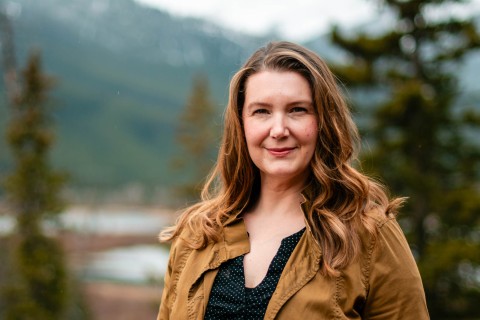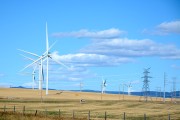Already this summer, a number of diesel spills have disrupted three different remote communities in Nunavut. These communities, Sanikiluaq, Pond Inlet, and Ranken Inlet, are the latest to be impacted by the approximately one thousand spills which, it is estimated, will take place in remote communities this year alone.
According to the best available data, more than 682 million litres of diesel are used to power the roughly 250 remote communities scattered across Canada every year. This has been the status quo for many decades, and it is expensive: federal, provincial, and territorial governments provide communities with 300-400 million dollars in diesel subsidies annually, to offset the costs that come from burning and transporting fuel.
When spills happen, yet more money must be spent on tracking, clean up, and response. This is split between various government bodies, making it difficult to gather accurate data around the full impact and expense of any given spill. However, from the data available, we know that these costs are significant, ranging from hundreds of thousands to millions of dollars.
Spills, however, are just one part of the problem. When communities are forced to rely on diesel, there are other costs too. Public health costs include respiratory illnesses; there are costs to environmental health considering frequent pollution, contamination, and remediation; and to communities’ overall economic health, resulting from an expensive and limited energy supply.
In response, communities across B.C., Nunavut, and nation-wide are arguing that one of the most effective ways to mitigate the expansive costs of diesel is to transition to renewable, reliable, and affordable energy.
Heiltsuk Nation’s clean energy journey is one inspiring example. After a massive diesel spill that contaminated the waters near Waglisla/Bella Bella, B.C. in 2016, Heiltsuk Nation was motivated to create change. Since the spill, they’ve worked closely as a community to develop an award-winning clean energy action plan which has brought new clean energy infrastructure to the community, including heat pumps which are now saving residents an average of $1,500 a year on energy.
But efforts like these are not easy. For communities to effectively transition off-diesel, they must also raise significant capital, navigate a patchwork of restrictive and complicated regulatory and legislative roadblocks, and build the local skill and capacity required to turn ideas for clean energy into tangible projects. All together, these self-directed activities make the transition onto new and clean energy sources both slow and arduous – especially if they have inadequate support from government and utilities.
Sanikiluaq’s journey off-diesel is one example of an unduly challenging effort to transition to clean energy in the North. Construction of a community-led wind project was stalled for six years while the Inuit-owned and operated Nunavut Nukkiksautiit Corporation (NNC), alongside members of the community, lobbied the territorial utility to add the project to the grid. Without a guarantee that the utility would purchase this clean energy, not only did the NNC not have a guarantee that it would be able to use the project to transition the community off diesel, it also didn't have the guarantee of a future revenue stream that was necessary to finance the project. The fact that one project took six years of advocacy and collaboration speaks volumes about the hurdles communities have to overcome to initiate change.
Now that an agreement with the utility has been signed, the wind turbine is expected to reduce diesel use across the community by 50% annually and employ local labour during and after construction — both incredible and hard-fought developments for the currently 100% diesel-reliant community.
What do these stories tell us? For one, that communities are tired of the diesel status quo and are no longer willing to shoulder its costs. These stories also tell us that clean energy development is a real possibility for communities, one that can inspire local leadership, develop new skills, and advance self-determination.
But efforts like these can’t be done alone.
Across Canada, there are many communities, much like Heiltsuk First Nation and Sanikiluaq, that have the solutions and the desire to reduce diesel and bring in a new energy paradigm. The unfortunate reality for many of them, is that their clean energy journeys are likely to be seriously challenged by restrictive legislative and regulatory practices that prioritise the diesel status quo over more sustainable alternatives.
Our research at the Pembina Institute shows that change is necessary: to reduce spills and bring emissions and costs down, governments, utilities, and regulators must follow the lead of communities as they design and build a new status quo. One that starts with more affordable energy and ends with cleaner air, land, and water for all.







